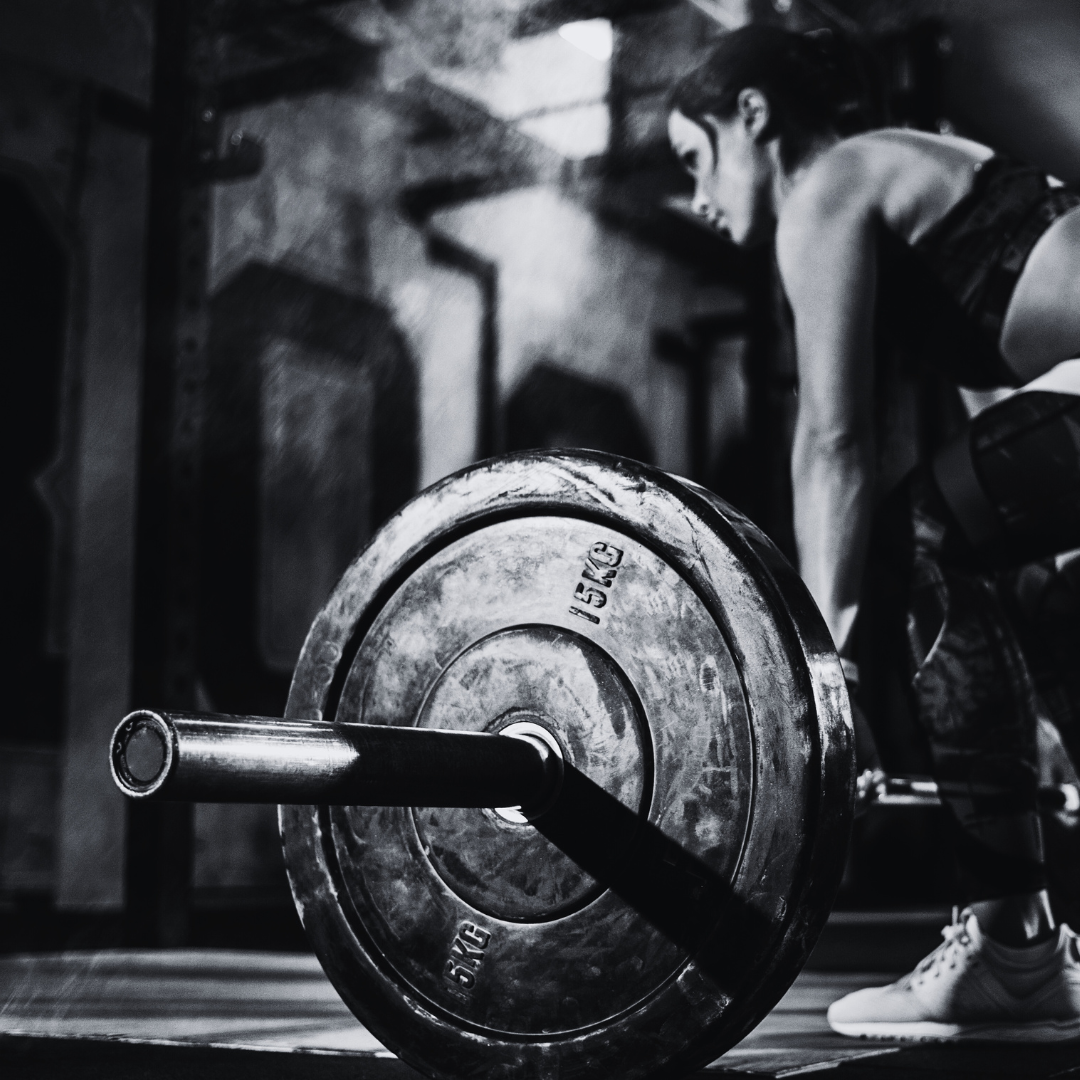Lifting straps are a valuable tool in the world of weightlifting and strength training, allowing you to push your limits and target specific muscle groups more effectively. In this blog, we'll explore what lifting straps are, when and how to use them, the different types available, and their benefits.
Introduction to Lifting Straps
Lifting straps, often overlooked by newcomers to the gym, are essential accessories for serious lifters. They are designed to improve your grip on heavy weights, reducing the strain on your forearms and wrists. By using lifting straps correctly, you can focus on the muscle groups you intend to work, rather than struggling to hold onto the bar.
What Are Lifting Straps?
Lifting straps are adjustable straps made of durable materials, typically nylon or leather, that wrap around your wrists and the barbell or dumbbell. They provide a secure connection between your hands and the weight, allowing you to lift more weight comfortably.
When Should You Use Lifting Straps?
Lifting straps should be used when your grip strength becomes a limiting factor in your lifts. This typically occurs during heavy compound exercises like deadlifts, rows, or pull-ups. If you find that your grip is failing before your target muscles are adequately stimulated, it's time to consider using lifting straps.
Types of Lifting Straps
Wrist Straps
Wrist straps are the most common type of lifting straps. They wrap around your wrists and are secured with a loop or Velcro. These straps provide excellent support and are easy to use.
Figure-Eight Straps
Figure-eight straps are named for their shape, which resembles the number eight. They are known for their simplicity and are great for quickly securing your grip during heavy lifts.
Hook Straps
Hook straps feature a metal or plastic hook that attaches directly to the barbell or dumbbell. These straps are favored by some lifters for their convenience and ease of use.
Proper Way to Wear Lifting Straps
To use lifting straps effectively, wrap them securely around your wrists. Ensure that they are snug but not overly tight. Attach them to the bar or handle, making sure they are properly secured before lifting.
Benefits of Using Lifting Straps
Enhanced Grip
Lifting straps improve your grip on the weight, reducing the risk of it slipping from your hands. This allows you to focus on the lift itself, rather than worrying about your grip strength.
Reduced Forearm Fatigue
Without the need to grip the weight as tightly, your forearms experience less fatigue, allowing you to perform more reps with proper form.
Increased Lifting Capacity
Lifting straps enable you to lift heavier weights, which can lead to greater muscle development and strength gains.
Exercises Where Lifting Straps Shine
Lifting straps are particularly beneficial for certain exercises:
Deadlifts
Deadlifts often require a strong grip. Lifting straps allow you to lift heavier and focus on your back and leg muscles.
Pull-Ups
Enhance your pull-up performance by reducing grip fatigue, enabling more reps.
Farmer's Walks
Maintain a secure grip during farmer's walks, emphasizing the development of your traps and upper back.
Tips for Beginners Using Lifting Straps
If you're new to lifting straps, here are some tips to get started:
- Begin with lighter weights to practice proper strap placement.
- Gradually increase the weight as you become more comfortable with the straps.
- Don't neglect grip strength exercises to maintain a balanced approach.
Recommended Lifting Straps
If you're in the market for top quality lifting straps, then look no further. Our range of lifting straps provide premium quality that delivers.
SBD Figure 8 Lifting Straps
SBD Figure 8 Lifting Straps offer a superior grip for lifting. They feature a patent-pending design with strong aramid fibre, reduce bicep strain, and are favored by elite athletes. Made in Great Britain with high-quality materials, they provide exceptional performance.
SBD Lifting Straps
SBD Lifting Straps feature innovative webbing construction, blending aramid fiber and spun fibres for superior strength and comfort compared to nylon wraps. These straps, designed with input from elite athletes, eliminate grip limitations during heavy lifts.
Conclusion
Lifting straps are a game-changer for anyone looking to improve their lifting performance. When used correctly and in moderation, they can help you reach your fitness goals with confidence.
FAQs
Are lifting straps suitable for all types of lifting exercises?
Lifting straps are most beneficial for exercises where grip strength is a limiting factor, such as deadlifts and pull-ups.
Can lifting straps replace grip strength training?
While lifting straps offer support, it's essential to continue grip strength exercises for overall hand health.
Are there any safety concerns when using lifting straps?
Ensure that you attach lifting straps securely to prevent accidents during heavy lifts.
Can beginners use lifting straps, or are they better suited for experienced lifters?
Beginners can use lifting straps, but it's essential to start with lighter weights and gradually incorporate them into workouts.





